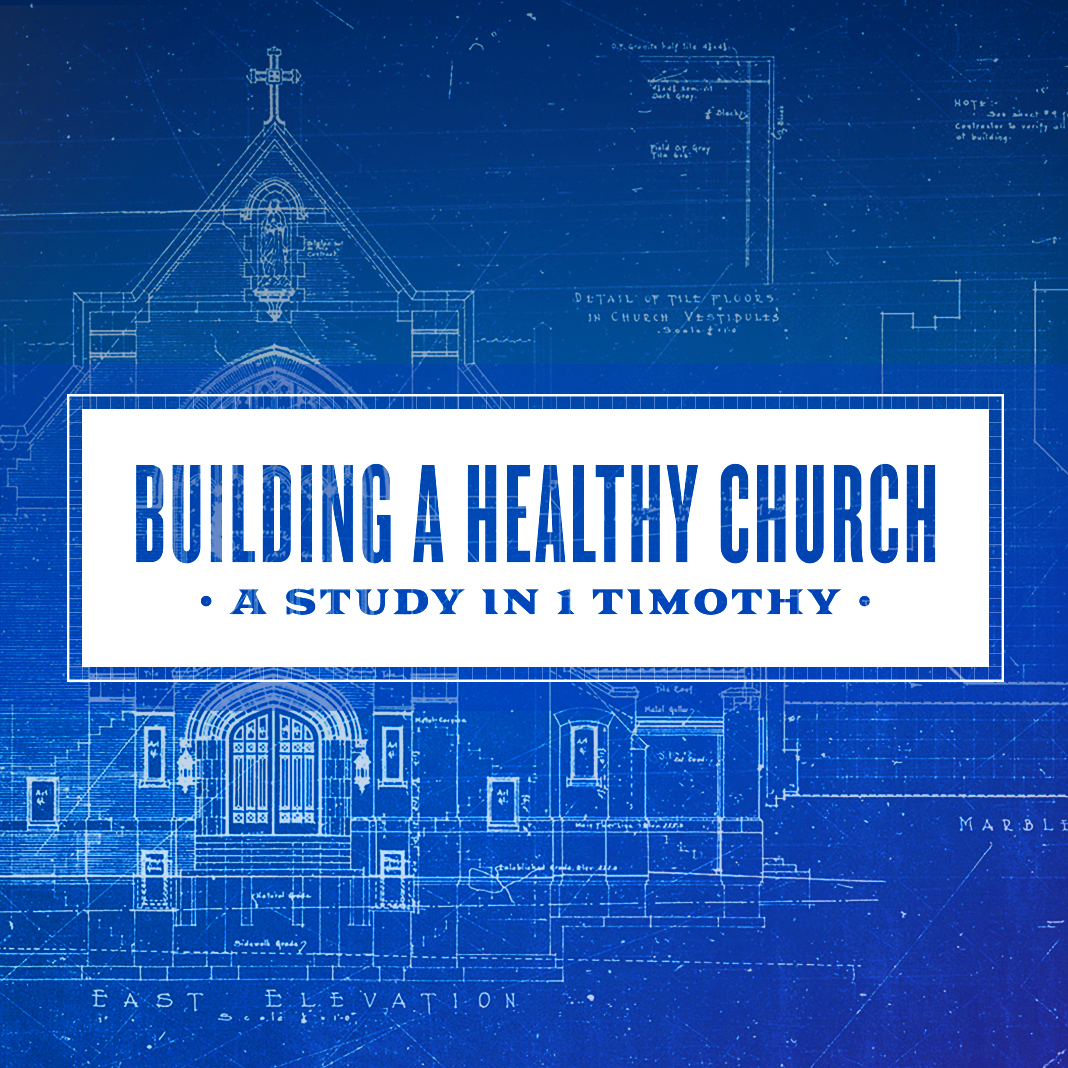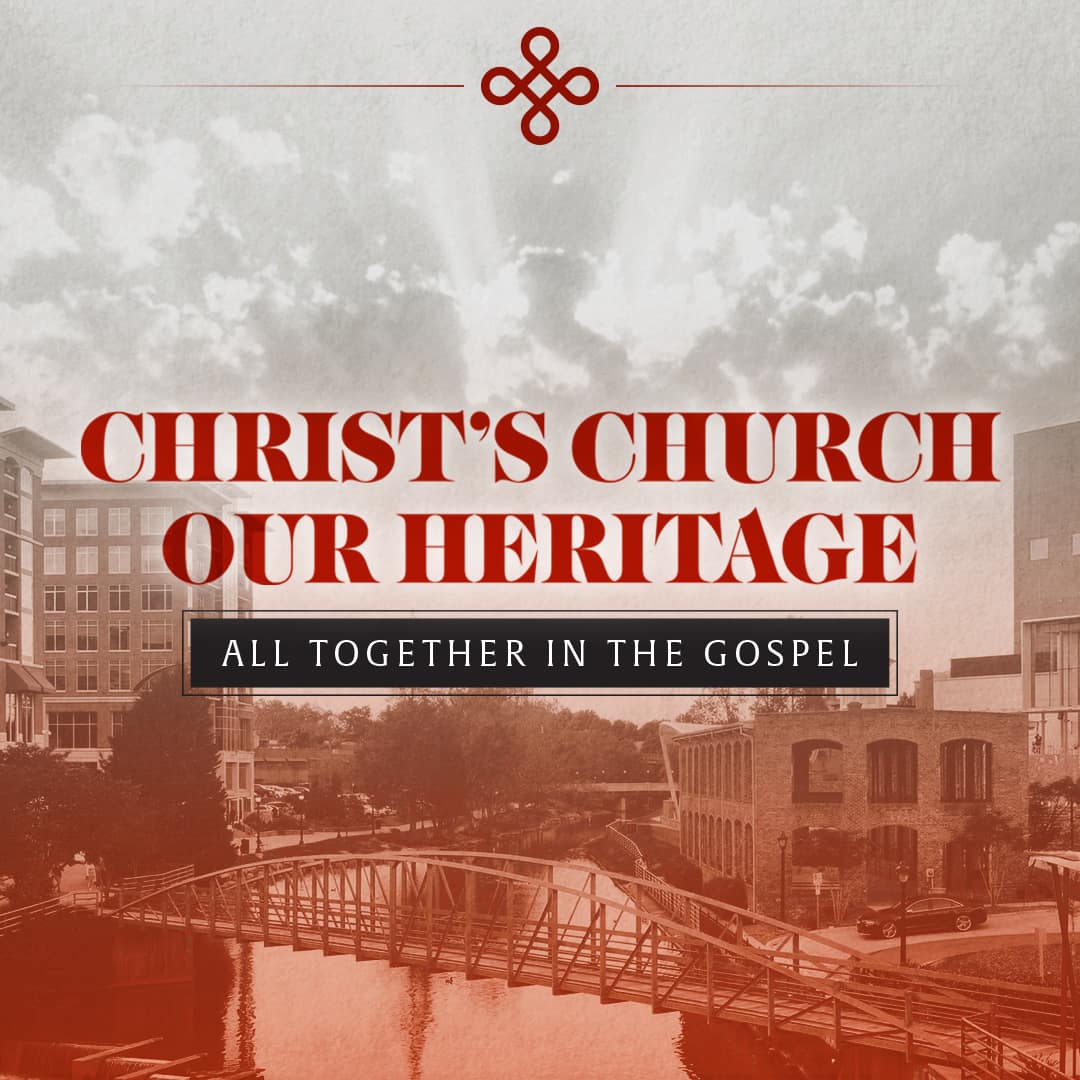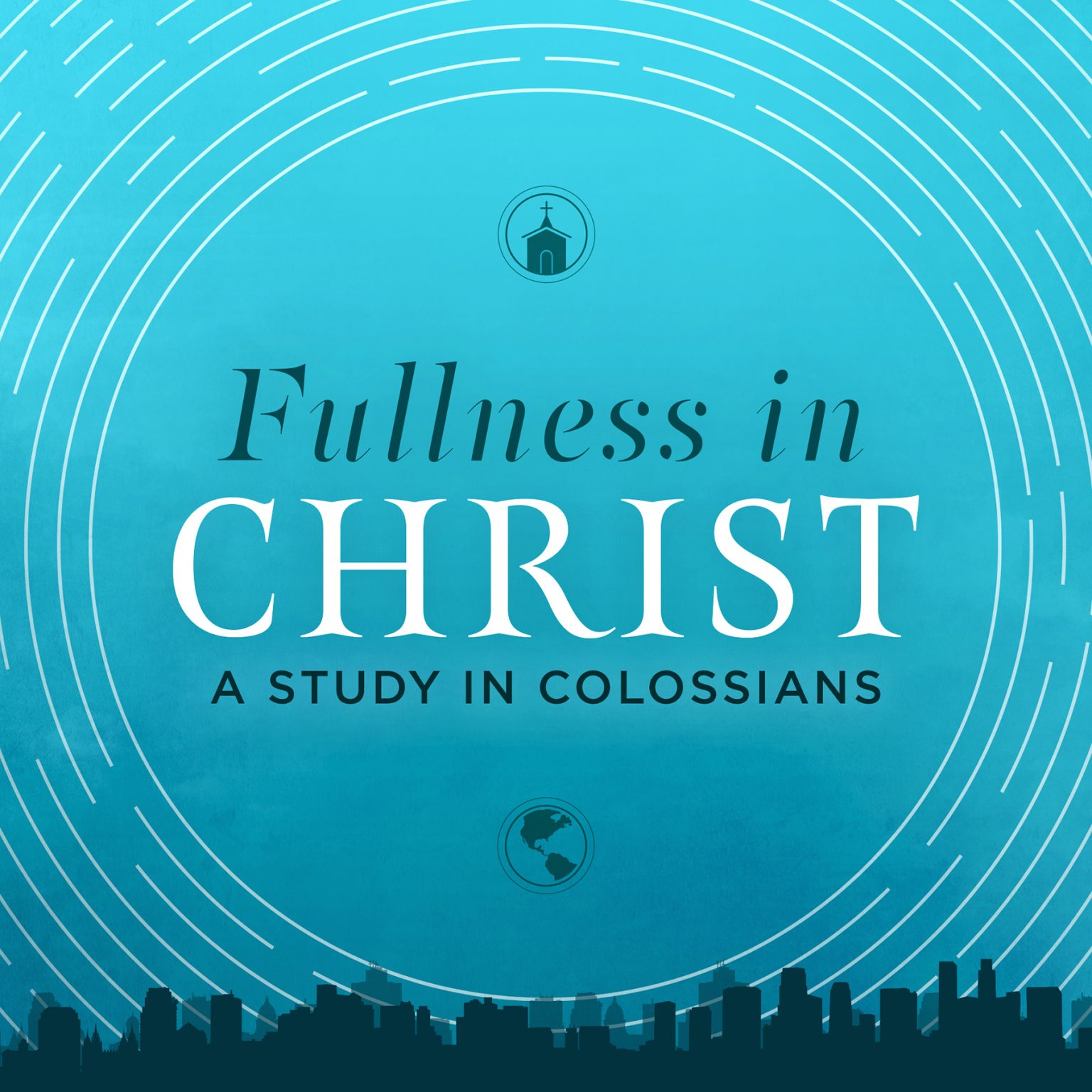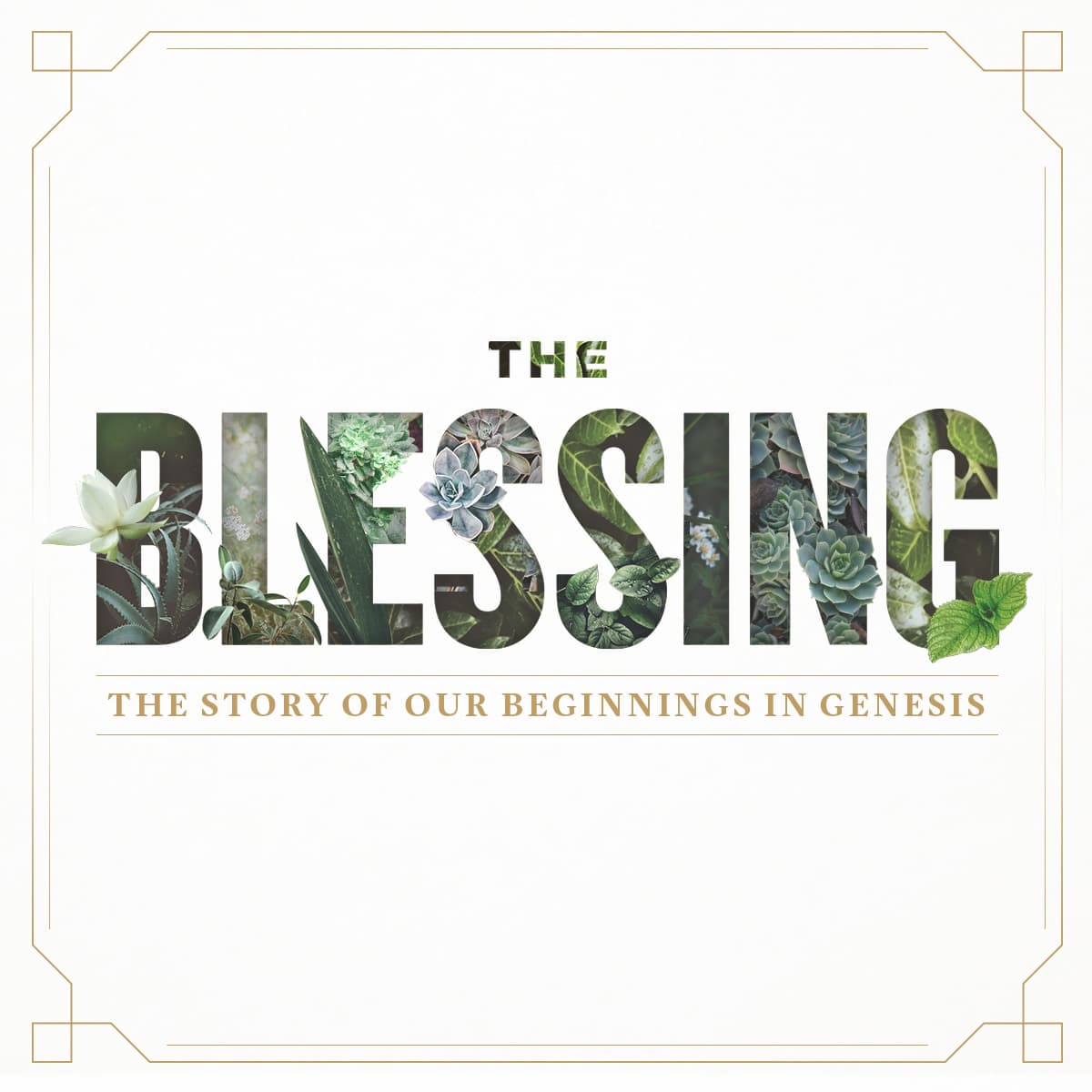
About the Series
What does baptism picture? What does baptism do? Who should be baptized? Who actually does the baptizing? Here is a set of sermons for an introduction to baptism, the sign of the new covenant in Christ. The act of baptism doesn’t save a person from their sin. As a covenant sign, however, it signifies the saving reality that Christ has brought, and in particular how that salvation comes to us: through union with Christ in his death, where we have died to sin, and in his resurrection, where we have been raised to new life. As an initiation rite, it also identifies a person with the church. It’s the way the individual and the church say together, “this person belongs to Jesus Christ.”
What does baptism picture? What does baptism do? Who should be baptized? Who actually does the baptizing? Here is a set of sermons for an introduction to baptism, the sign of the new covenant in Christ. The act of baptism doesn’t save a person from their sin. As a covenant sign, however, it signifies the saving reality that Christ has brought, and in particular how that salvation comes to us: through union with Christ in his death, where we have died to sin, and in his resurrection, where we have been raised to new life. As an initiation rite, it also identifies a person with the church. It’s the way the individual and the church say together, “this person belongs to Jesus Christ.”














